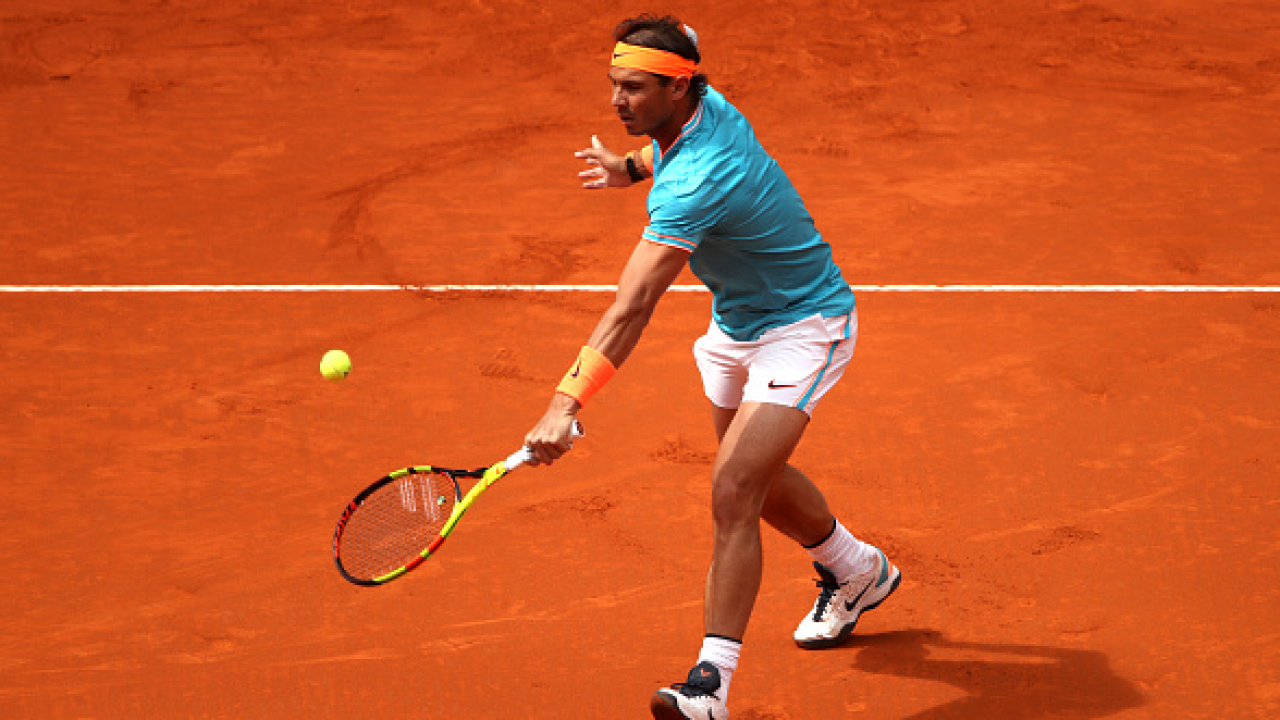- Rafael Nadal won 92% of all his clay court matches
- Some Spaniards do well in clay courts because they grew up training and practising in them
- Clay courts options remain the most natural and environmentally friendly
Rafael Nadal enjoys the King of clay courts status but what you may not know is that Spain has more of these courts than hard courts.
That’s some Spaniards do well in clay courts because they grew up training and practising in them.
Nadal is a perfect example. Hitherto, he has won 92% of all clay court matches he played. Interestingly, he has a 78% rating on hard and grass court wins he has had so far.
Another Spaniard, Albert Ramos-Violas has also done incredibly well on clay courts although not as much as Nadal.
He is however among the top five Spanish players with a 55% win on these courts.
The big question is, what’s the secret with clay courts and Nadal’s win? Here are interesting things about clay courts.
WHY ARE CLAY COURTS USED?

Clay courts. Photo/The New York Times
ECO-FRIENDLY AND NATURAL
As much work and money go into discovering the best tennis courts, clay options remain the most natural and environmentally friendly.
The use of minimal industrial machinery is necessary for the construction of clay courts to prevent back-breaking labour. This is as other courts take a considerably greater toll and utilise components that have a detrimental environmental impact.
To maintain grass courts, you need to use a lot of water, as well as take extra care.
However, clay is a long-lasting surface, and it does require regular maintenance to keep it level and free of stains.
With their low environmental effect, clay courts are a popular choice.
THEY REPRESENT FINESSE IN TENNIS
There are purists who prefer the deliberate pace of professional tennis to the brisk back and forth on Victorian lawns.
As a result of the clay surface, high-end tennis rackets can’t compete.
Clay court tennis is known for its long rallies, which are a draw for many of the sport’s millions of devotees.
Instead of a contest of strength, it takes on a new dimension when it becomes one of endurance and finesse.
When you look at Nadal’s winning matches back in Roland Gaross – where clay courts abound – you can pick his finesse. It is as if he connects with nature in a mystical way.
CLAY COURT TEMPERATURES ARE LOWER
Nothing is as daunting as playing in scorching temperatures. A perfect example is the unforgiving temperatures that rocked the Australian Open in 2022.
In the heat of the day, playing on a clay court is a little more bearable than on a hard one.
A hard court, especially in a humid climate like Miami, can be quite painful, as Jannik Sinner’s blistered feet attest.
Even while it may seem insignificant, many players will be relieved to return to clay after the “Sunshine Double” was played on hard courts that could be used for torture.
However, it’s a different story with clay courts. They are cooler. In comparison to hard courts, clay courts are irrigated more frequently and remain 30 percent cooler.
MINIMAL RISK OF INJURY
Repetitive strain and movement on the court are the most common causes of tennis-related injuries.
This means that players are less likely to incur serious injuries when playing on clay courts, which are less liable to skid.
If a player does suffer an injury on one of these surfaces, it will be easier to recover from than on a hard court.
CLAY COURTS CULTIVATE STAMINA IN TENNIS

Clay Courts in tennis. Photo/Bleacher Report
With a higher bounce, clay courts allow for longer rallies during practice sessions.
Lengthier training and competition rallies help athletes increase stamina and endurance while also teaching them to be patient.
Those who specialize in clay courts or who have grown up playing on them are more likely to possess these characteristics.
Nadal is such a one-of-a-kind athlete, he serves as a prime example. Despite this, several clay-trained players have achieved success on hard courts.
CLAY COURTS DRY FAST
It’s no secret that tennis has always been at odds with the weather, and it’s unlikely that it ever will be, at least not for the time being.
In Grand Slams and other events across the world, rain is a constant threat, although clay is better suited to weathering it.
When wet, the surface dries quickly and is less hazardous to play on since it absorbs moisture.
















You must be logged in to post a comment Login